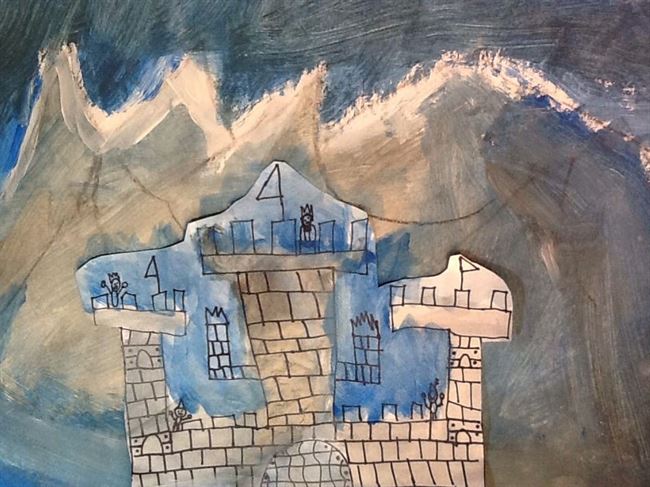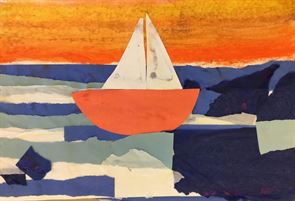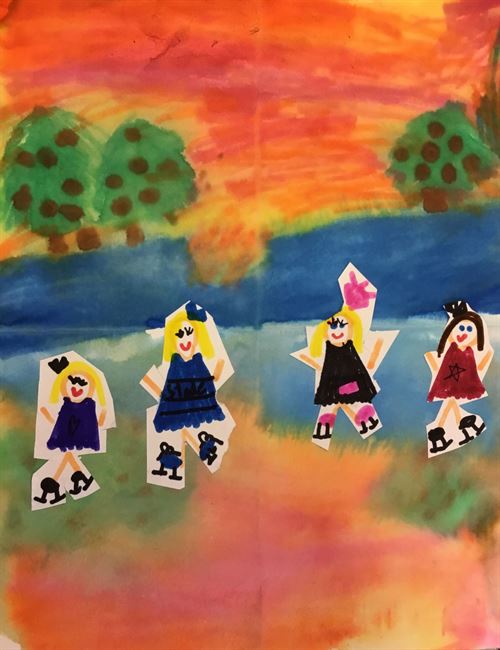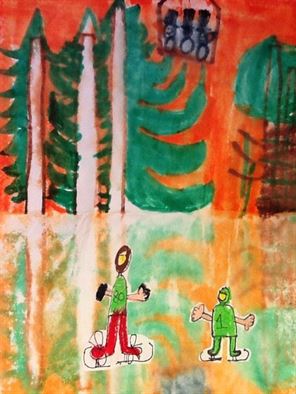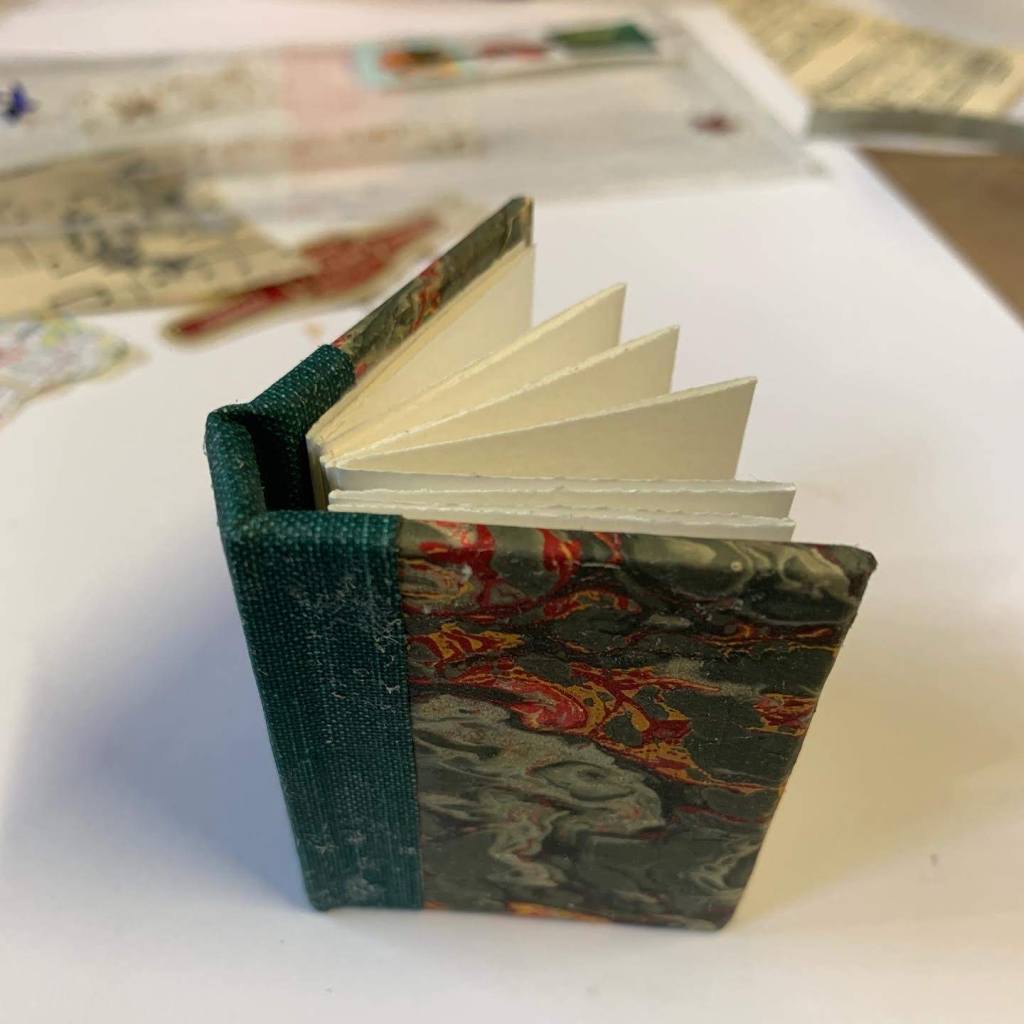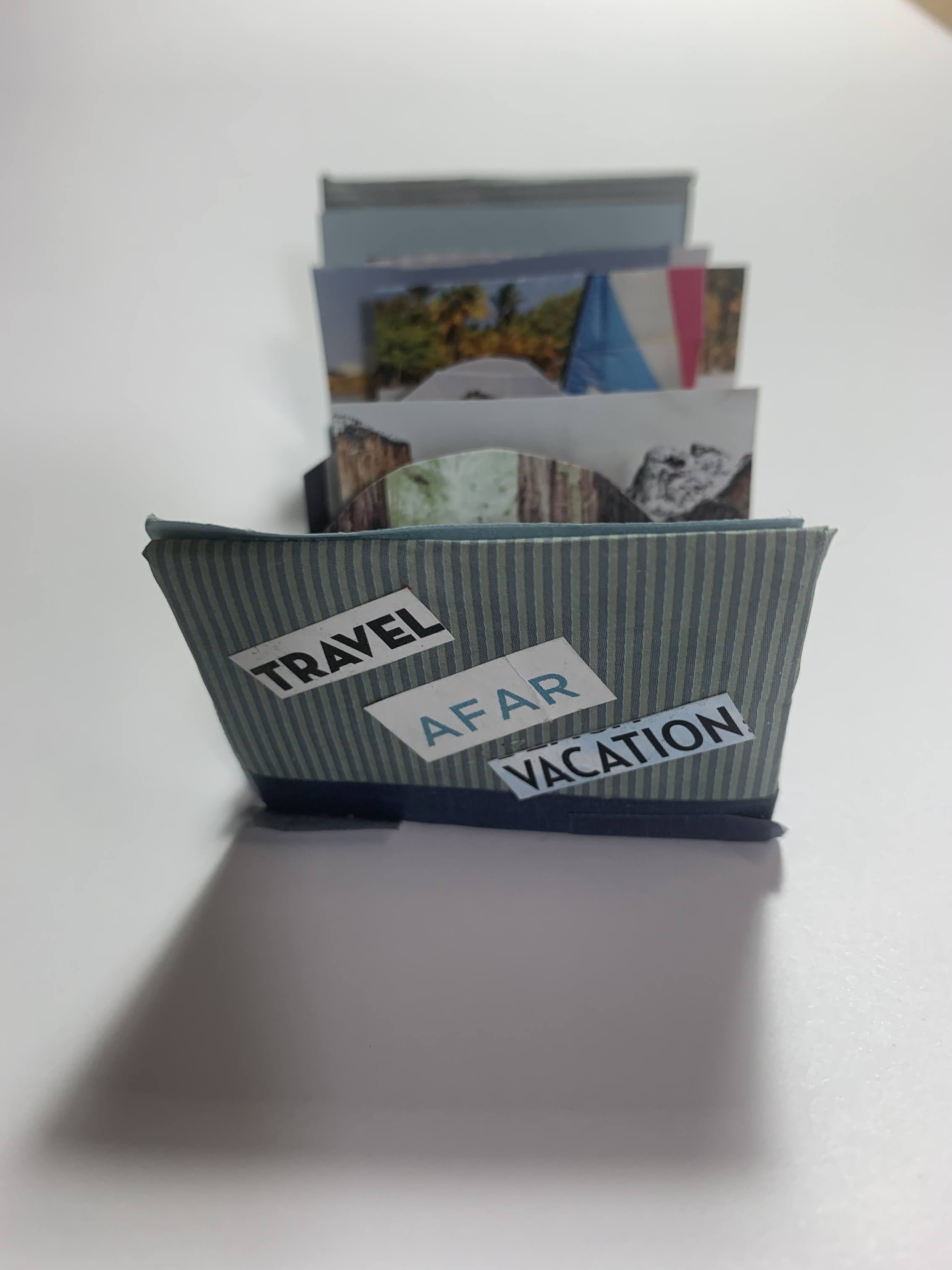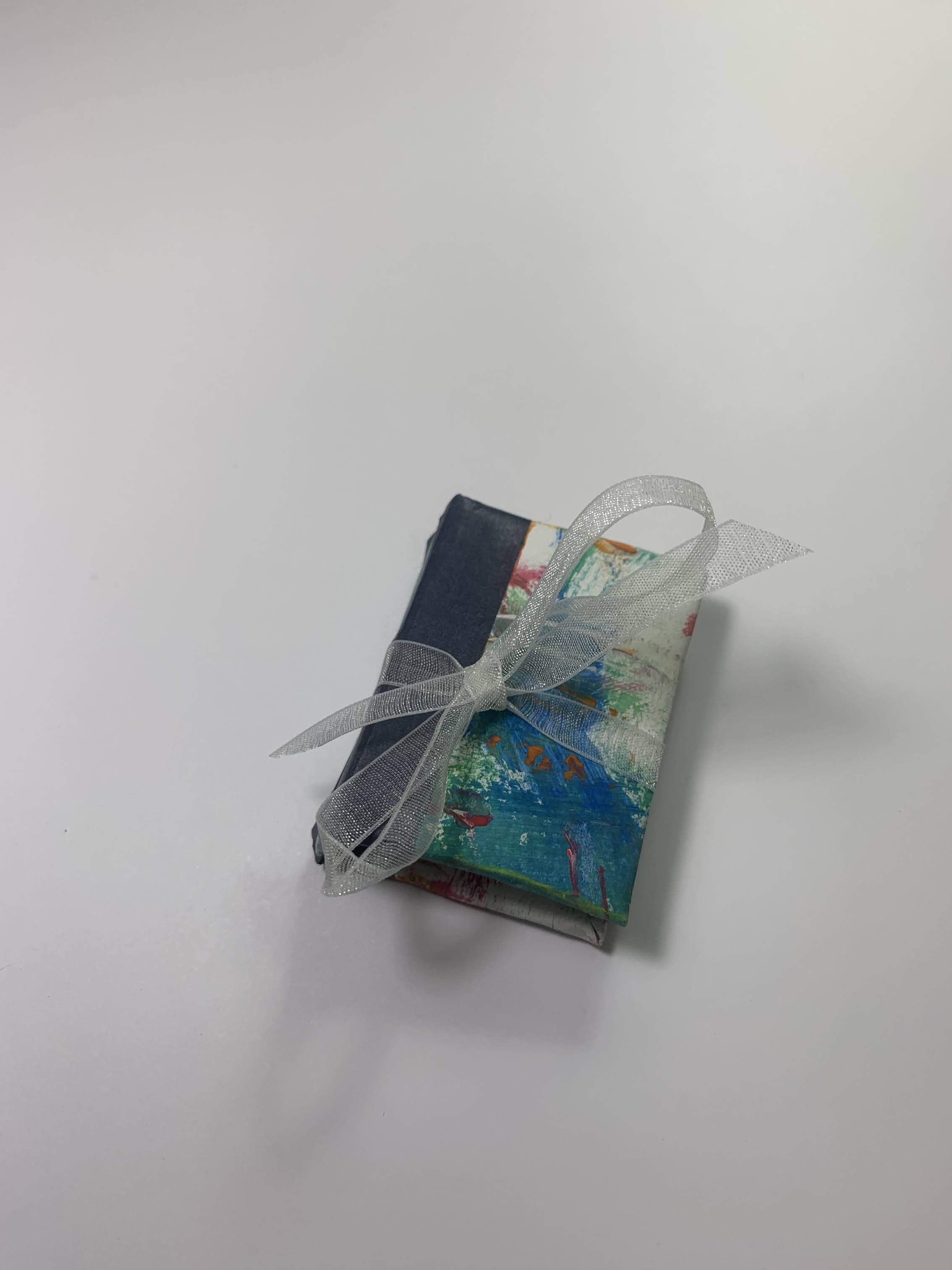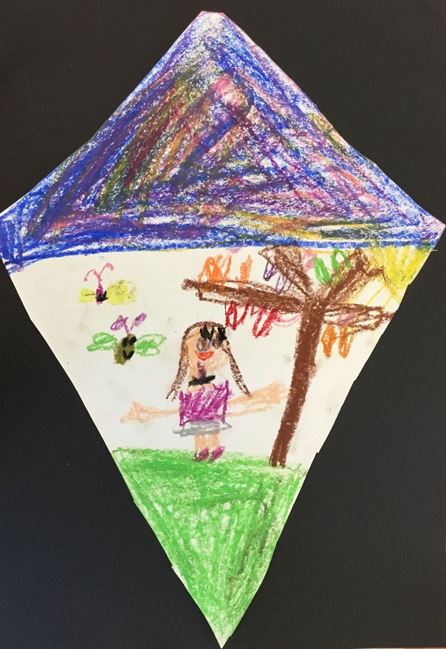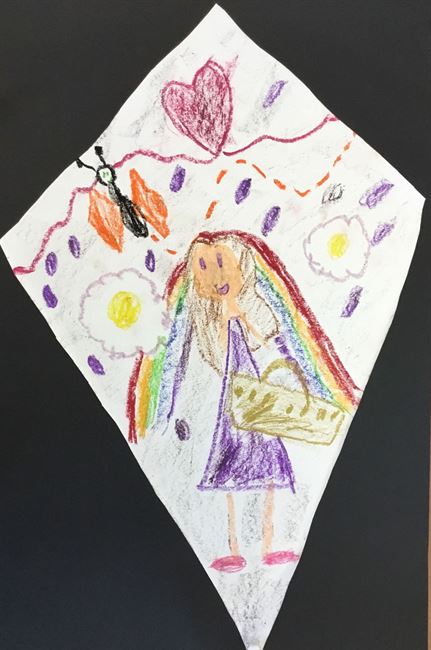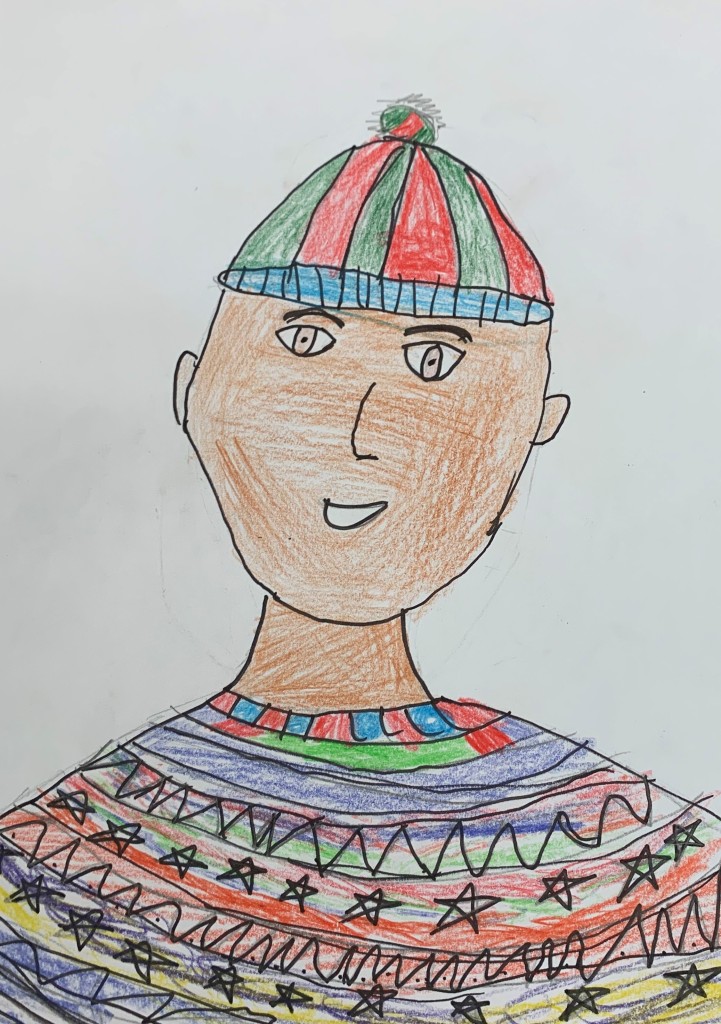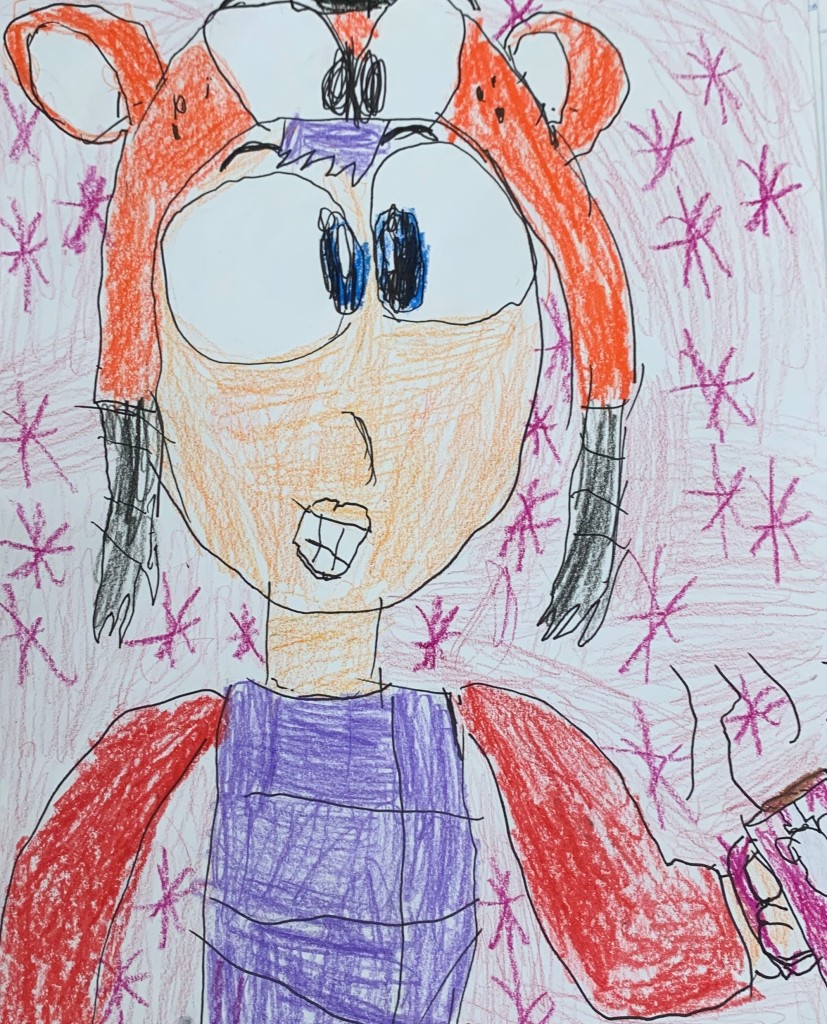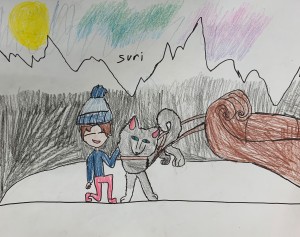Based on the work of Itchiku Kubota (1917-2003)

The San Diego Museum of art and the Timken had a fabulous exhibition of kimonos created by artist Itchiku Kubota in 2008-2009. You can see the Kubota kimono collection at https://thekubotacollection.com
For this lesson, I first taught in 2015. I taught my students how to make a basic kimono shape and they added different elements such as flowers and patterns in black permanent marker and/or oil pastel. When they were finished, they could add watercolor on top.




I went to the educator’s open house at San Diego Museum of Art and loved the exhibition so much that I went back multiple times to see the kimonos. The museum had a collage lesson that had been created by artist Jane LaFazio. It was beautiful but far too complex with too many steps for our 45 minute lessons.




We displayed these next to koinobori fish that had been done by third grade and cherry blossoms that had been done by the K/1 students.















